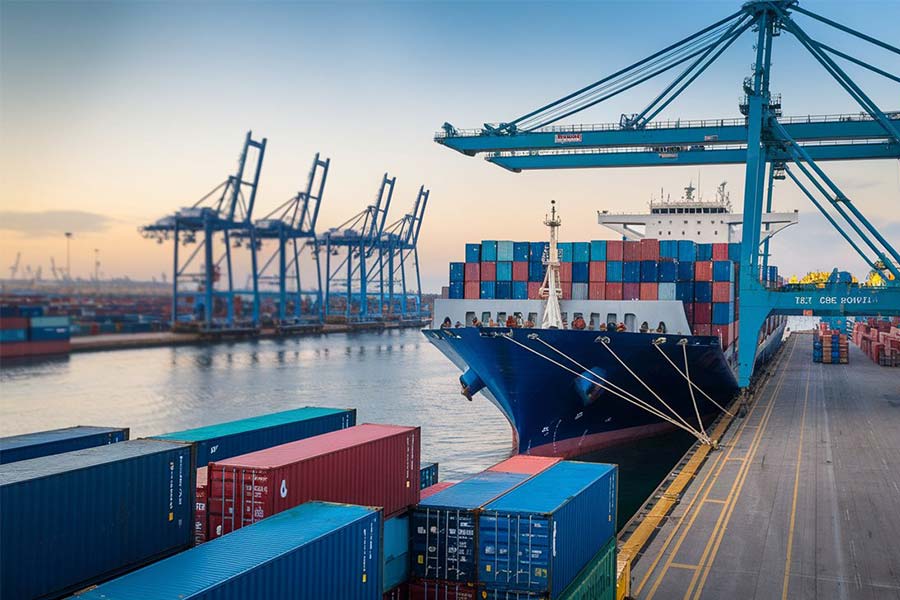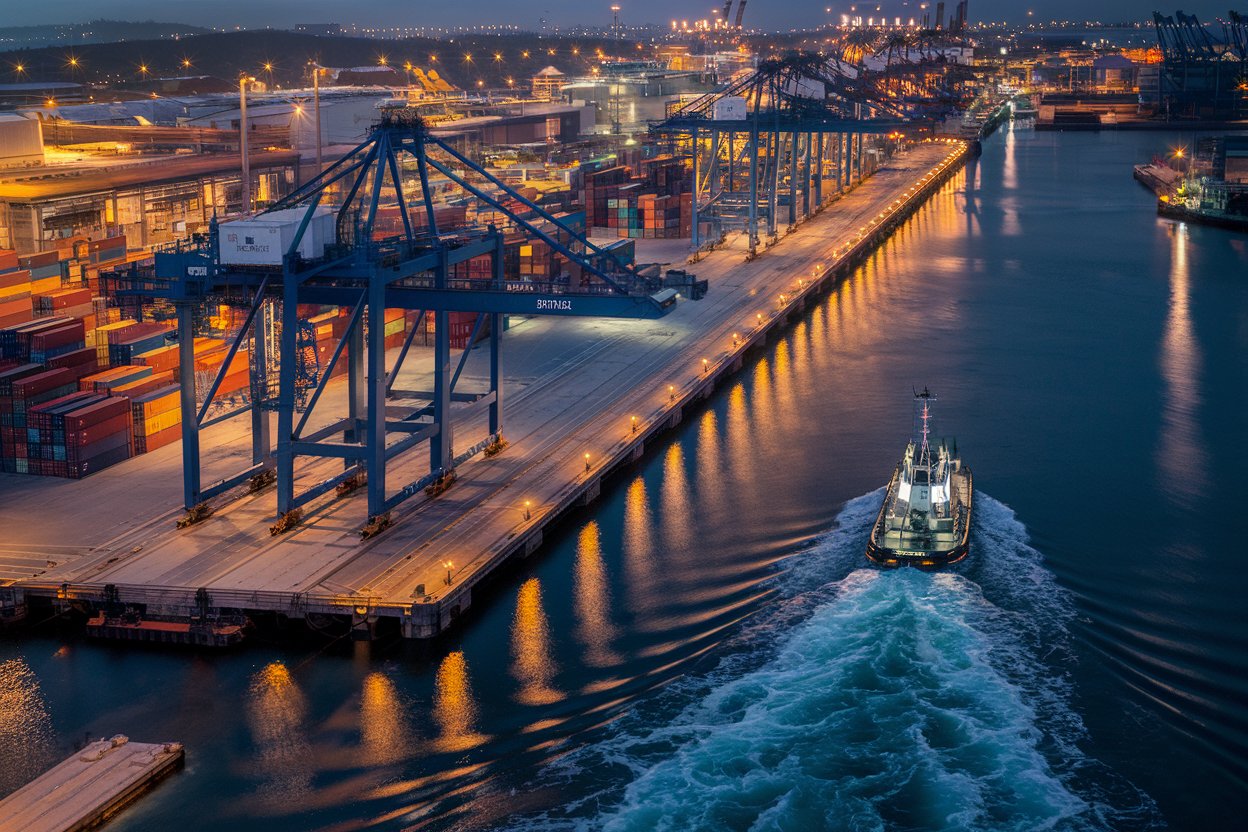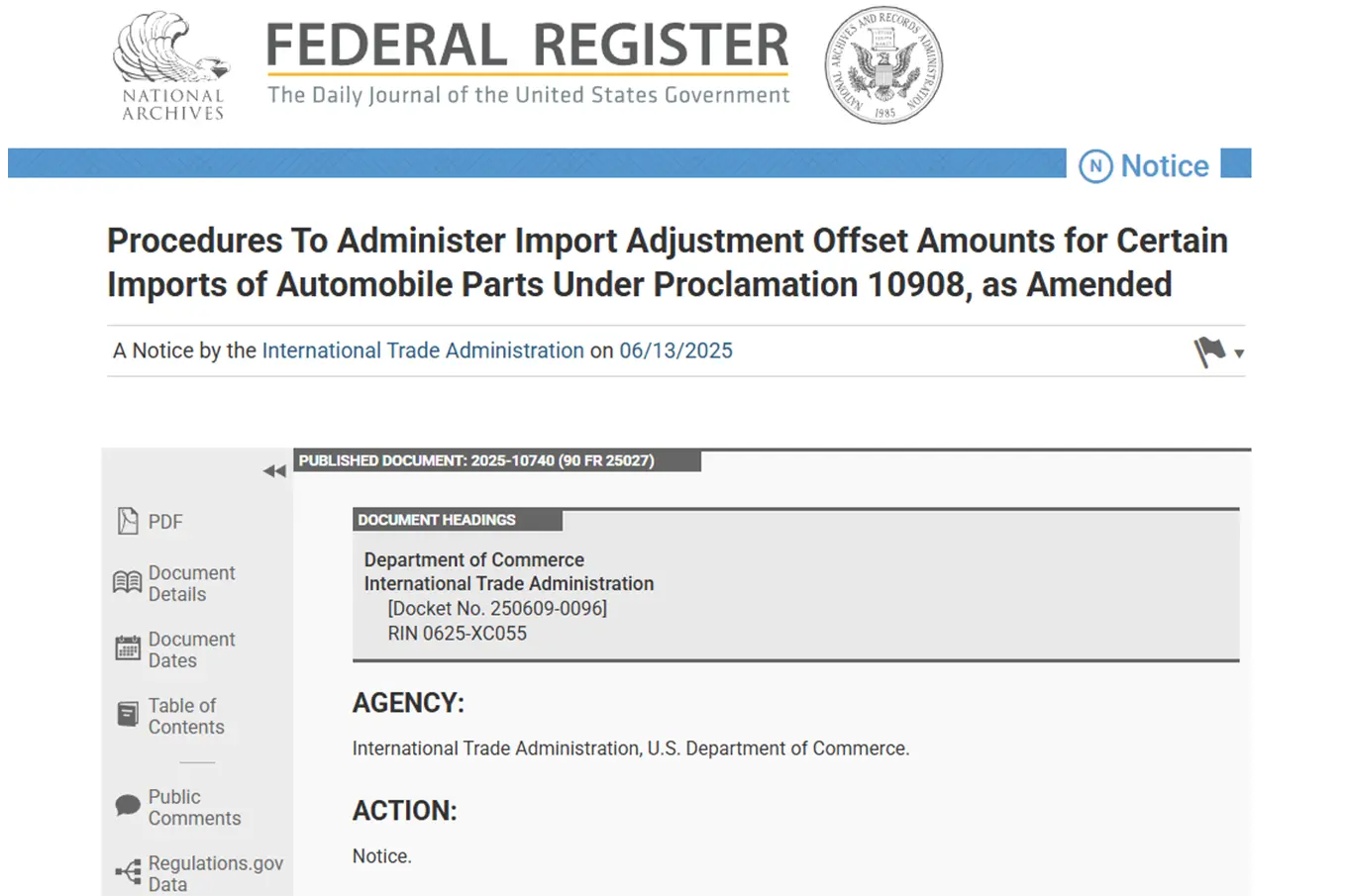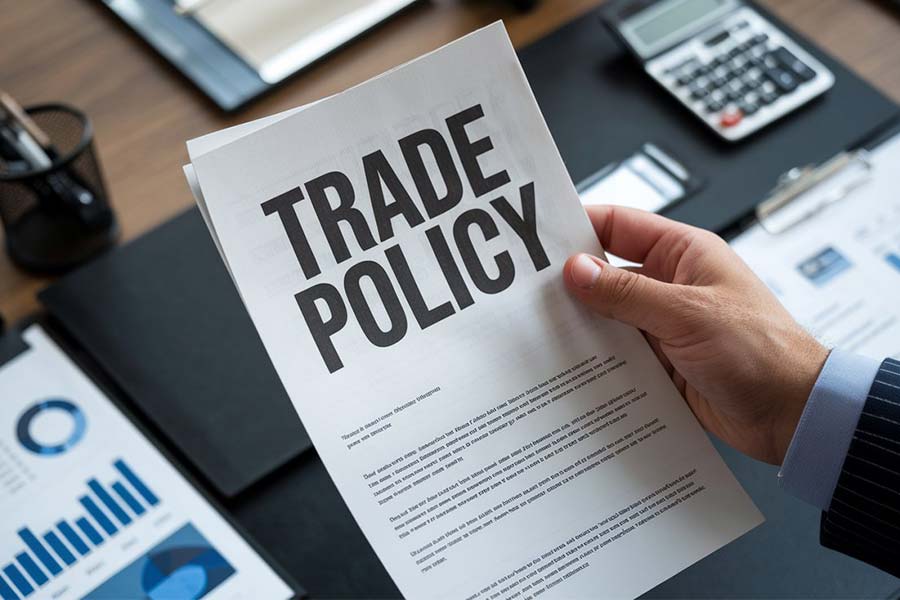- Shanghai Zhongshen International Trade Co., Ltd. - Two decades of trade agency expertise.
- Service Hotline: 139 1787 2118
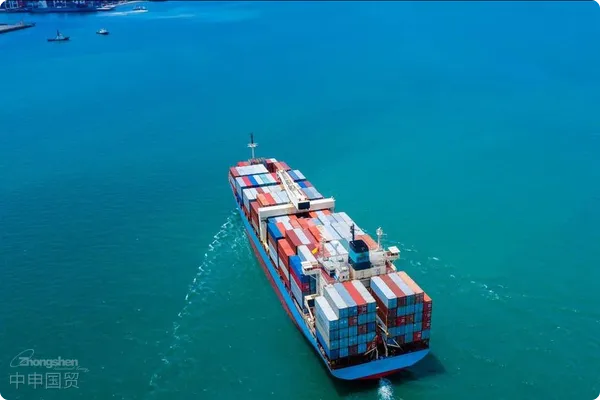
Contents
ToggleEquipmentImport ClearanceThe three major "minefields"
According to the latest statistics from the General Administration of Customs in 2025, the clearance delay rate for imported electromechanical equipment has increased by 18.7% year-on-year, among whichIncorrect Commodity Code Classification(accounting for 42%),Incomplete technical parameter declaration(accounting for 31%),Misuse of tariff preferences(Accounting for 19%) constitutes the primary risk source. A semiconductor company incurred over a million yuan in port demurrage fees due to a 37-day detention of an entire set of wafer equipment caused by coding classification deviations.
Comparison Dimensions of Professional Agency Service Capabilities
- Basic qualifications
- Enterprises with AEO advanced certification by the customs
- Registration for the Import of Electromechanical Products
- The coverage ability of the localized service network
- Core competencies
- HS code pre-classification accuracy rate (industry average 83% vs premium agency 97%)
- Technical parameter review response time (48 hours for general agents vs 12 hours for professional teams)
- Difference in the success rate of tax reduction and exemption policy application (65% for general agents vs. 92% for professional agents)
Key Points for Addressing the 2025 New Filing Regulations
In accordance with Announcement No. 198 of the General Administration of Customs, effective from January 1, 2025:
- Technical specifications of the equipment need to be provided.Original Factory Calibration CertificateandInternational Certification Comparison Table
- Used machineryEquipment Imports: All childrens clothing imported into Saudi Arabia must be certified by the Saudi Standards Organization (SASO) and obtainThird-party inspection agency inspection report
- The declaration system interface mode has been upgraded toSingle Window 3.0 Data Standards for Customs
An auto parts importer failed to update testing standards in a timely manner, resulting in $2.3 million worth of painting equipment being held up at Tianjin Port for two weeks, with direct losses amounting to 1.8% of the cargo's value.
Practical Case Study on Proxy Service Selection
Case A:A certainMedical EquipmentImporters opt for those withProfessional Electromechanical CommitteeThe agency successfully classified the CT equipment as "Medical Diagnostic Equipment" (HS 9018) by pre-reviewing the technical documents from the German manufacturer in advance, resulting in a 12.7% reduction in tariffs compared to the originally declared code.
Case B:A manufacturing company, in an attempt to save on service fees, opted for a non-professional agent. Due to the incorrect classification of industrial robots as "general mechanical components" (HS 8487), it triggered a customs special audit, ultimately resulting in the payment of back taxes and late fees amounting to 29% of the goods' value.
Suggestions for the Construction of a Risk Prevention and Control System
- Establish equipment technical parametersThree-level review mechanism(Supplier → Technical Department → Customs Department)
- Require the agency company to provideAnnual Declaration Accuracy Audit Report
- implementationVisualized monitoring of the entire customs clearance process(Real-time progress notification + anomaly alert)
Choosing a professional customs clearance agent is far from a simple service procurement; it is a critical component in building an enterprise's import risk prevention and control system. It is recommended that enterprises considerTechnical document processing capability,Policy update response speed,Completeness of emergency response mechanismEstablish an agent service evaluation model across three dimensions to ensure a win-win scenario of both security and benefits for equipment import projects.
Related Recommendations
Contact Form
? 2025. All Rights Reserved. Shanghai ICP No. 2023007705-2  PSB Record: Shanghai No.31011502009912
PSB Record: Shanghai No.31011502009912
